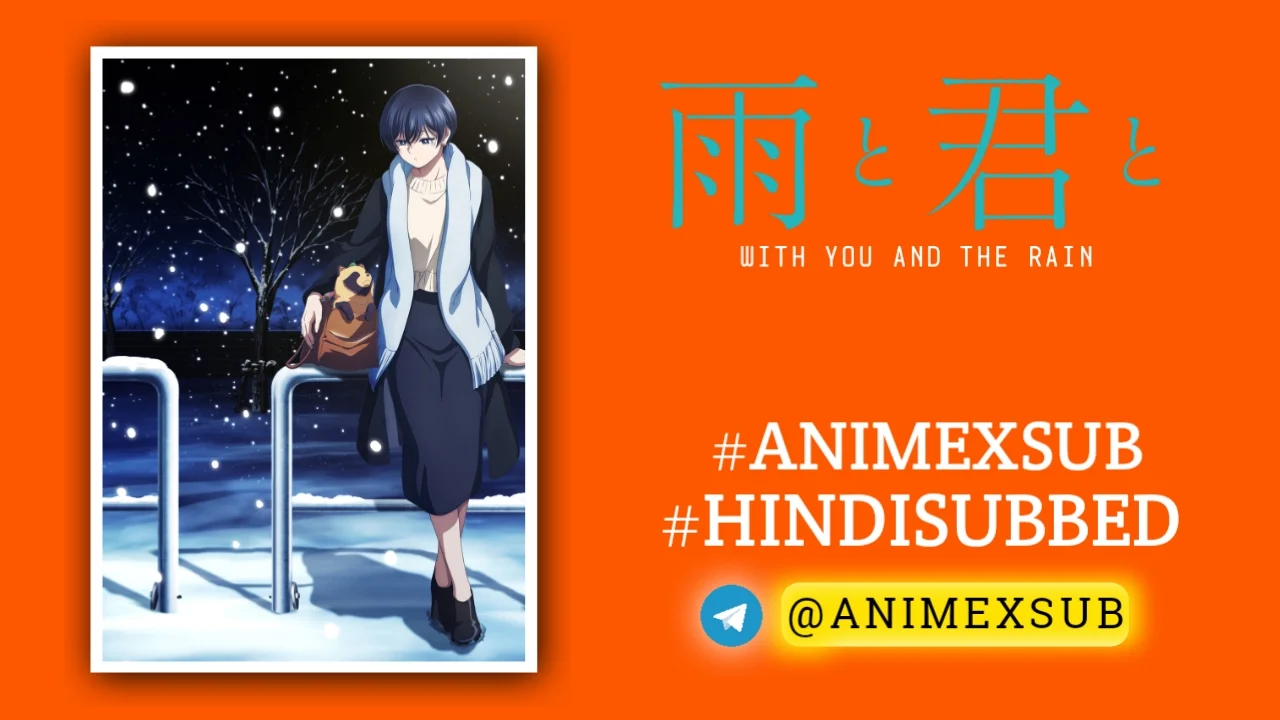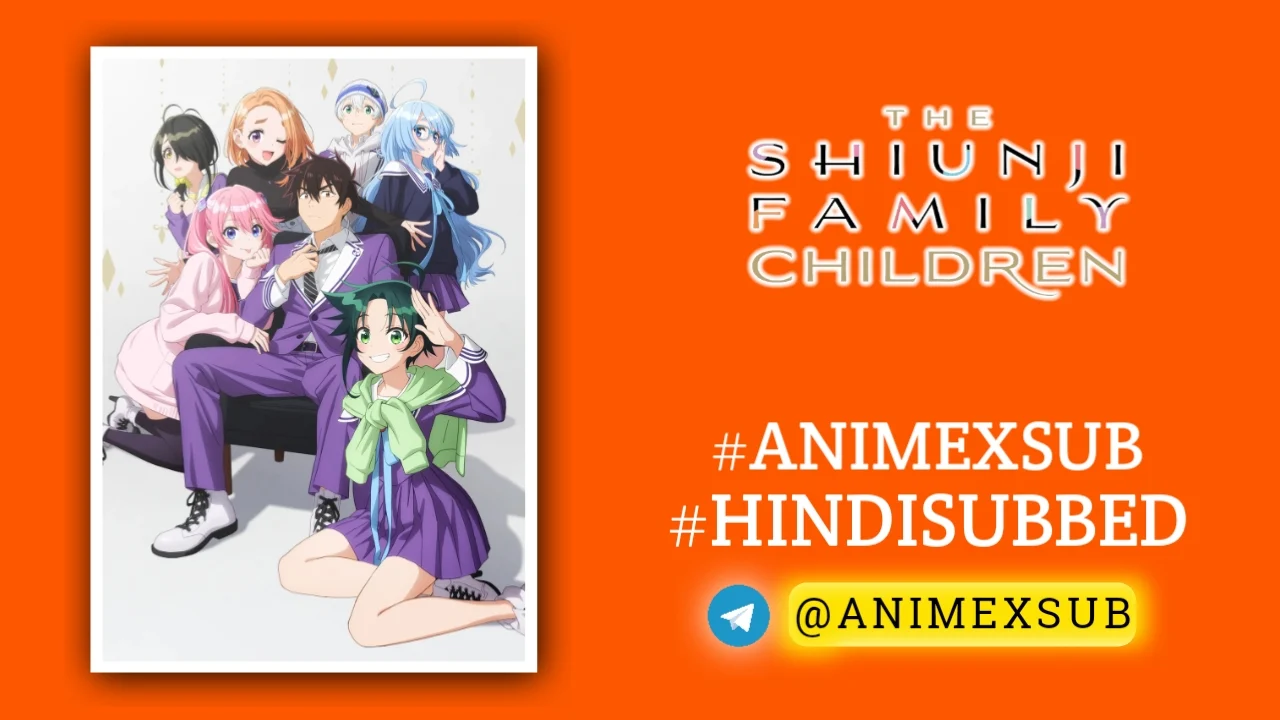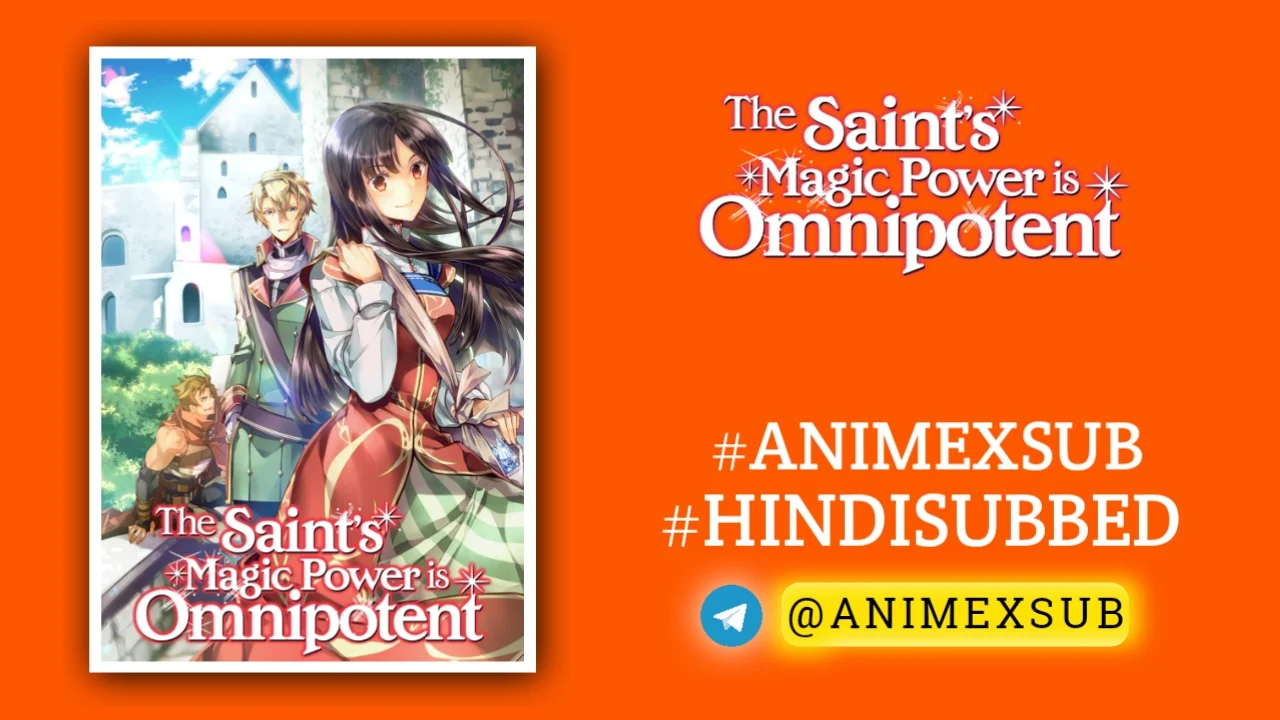
Rent a Girlfriend Season 4 Hindi Subbed [09/12] {Ongoing}

Kanojo, Okarishimasu 4th Season
Rent-a-Girlfriend Season 4Synopsis
The fourth season of Kanojo, Okarishimasu. Kazuya’s ready to confess with the lush paradise of Hawaii as a backdrop. But renting Chizuru for the dream trip turns into a war zone of love due to Ruka’s aggressive advances and Mami’s scheming. Despite the chaos, this is Kazuya’s moment to bare his heart. Will his words reach Chizuru? And if they do, what will she even say? (Source: Crunchyroll) Note: Kanojo, Okarishimasu 4th Season was streamed 4 days in advance of the TV broadcast on DMM TV, dAnimestore, and Crunchyroll beginning July 1, 2025. Regular broadcasting began on July 5, 2025.
Watch Trailer
Characters
Unveiling the Tropical Tempest: Rent a Girlfriend Season 4’s Dawn of Heart-Wrenching Confessions
In the sweltering embrace of Summer 2025, Rent a Girlfriend Season 4 erupts onto screens like a volcanic surge of unspoken desires, thrusting Kazuya Kinoshita and his entangled web of rental romances into the sun-drenched chaos of the Hawaii Trip Arc. Premiering its first cour on July 5, 2025, via the Animeism block on MBS, TBS, and BS-TBS—with early streaming on Crunchyroll, DMM TV, and dAnime Store starting July 1—this fourth installment spans two cours, adapting from manga volume 20 onward, specifically chapters 168 and beyond. Directed by the returning Kazuomi Koga at TMS Entertainment, it promises a narrative pivot from the stagnant loops of prior seasons toward raw emotional reckonings. The opening theme, “Umitsuki” by ClariS, pulses with oceanic longing, while Regal Lily’s “Boku no Vega” ending track whispers starry vulnerabilities, setting a sonic stage for what could be the series’ most pivotal evolution. As of August 27, 2025, with the first cour concluded and the second cour’s details still unfolding into Winter 2026, this season has already polarized audiences, blending breathtaking visuals with the franchise’s signature psychological depth on modern loneliness, consent in fabricated affections, and the blurred lines between transaction and true intimacy.
Echoes from the Void: Recapping the Fractured Foundations of Seasons Past
To grasp Season 4’s seismic shifts, one must revisit the labyrinthine prelude that has defined Rent a Girlfriend’s essence. Season 1, airing in 2020, introduced Kazuya as a heartbroken college everyman who, in a haze of desperation, rents Chizuru Mizuhara—a poised aspiring actress moonlighting as a rental girlfriend—only to discover she’s his neighbor, igniting a farce of feigned romance to appease family. This initial arc masterfully dissected the commodification of companionship in Japan’s hyper-connected yet isolating society, drawing from real-world rental services that have surged 30% post-pandemic, per cultural analyses. Yet, it faltered in pacing, stretching 12 episodes into repetitive misunderstandings that mirrored Kazuya’s internal paralysis.
Season 2 (2022) amplified the harem dynamics with Ruka Sarashina’s aggressive pursuit and Sumi Sakurasawa’s shy allure, exploring polyamorous tensions through Kazuya’s crowdfunding debacle for Chizuru’s indie film—a meta nod to fan-driven anime production. Here, the animation peaked with fluid beach sequences, but criticisms mounted over Kazuya’s indecisiveness, often labeled as “harem protagonist syndrome,” a trope that, statistically, dominates 40% of rom-com anime per MyAnimeList data. Season 3 (2023) delved into familial pressures and Mami Nanami’s manipulative ex-girlfriend sabotage, culminating in a spa resort cliffhanger that humanized Chizuru’s dual life. Mitsutaka Hirota’s scripting sharpened emotional beats, yet the season’s 7.5/10 average rating on IMDb reflected fatigue from unresolved arcs. Collectively, these seasons have amassed over 13.5 million manga copies in circulation by April 2025, underscoring a global resonance with themes of emotional renting as a coping mechanism for Gen-Z relational anxieties, backed by psychological studies on simulated intimacy in digital eras.
Forged in Paradise’s Flames: The Hawaii Arc’s Unprecedented Layers of Turmoil and Transcendence
Season 4 catapults into uncharted narrative waters, adapting the sprawling Hawaii Trip Arc—one of the manga’s longest and most introspective sagas—where Kazuya’s long-brewing confession to Chizuru collides with paradise’s deceptive serenity. No longer confined to Tokyo’s urban sprawl, the ensemble voyages to a lush Hawaiian resort, symbolizing an escape from societal facades, yet it amplifies the rental ruse’s fractures. Kazuya, voiced indelibly by Shun Horie, grapples with his crowdfunded “success” as a catalyst for authenticity, renting Chizuru (Sora Amamiya’s nuanced portrayal) for the trip amid Ruka’s (Aoi Yuki) bold encroachments and Mami’s (Nao Toyama) insidious scheming. This arc innovates by interweaving cultural anthropology: Hawaii’s imported paradise motif echoes Japan’s post-war fascination with American escapism, as explored in Reiji Miyajima’s own interviews, where he reveals drawing from personal travels to infuse the setting with ironic isolation amid crowds.
What elevates this season to next-level purity is its unflinching psychological realism. Unlike prior entries’ comedic overload, episodes dissect consent’s gray zones—Kazuya’s internal monologues, rendered in hyper-detailed animation by Kanna Hirayama’s designs, reveal a profound exploration of performative love’s toll, akin to existentialist themes in Sartre’s “Being and Nothingness” applied to otaku culture. The paradise war zone, as teased in the anniversary visual of Chizuru and Kazuya hand-in-hand, unfolds with unprecedented tension: Ruka’s aggressive advances force a trial separation subplot, while Mami’s proximity unearths buried resentments, leading to a mid-season confrontation that redefines jealousy as a mirror to self-worth. Sumi’s subtle growth and Mini Yaemori’s (Yu Serizawa) chaotic interventions add fractal depth, with the arc’s length allowing for character arcs that span emotional spectra—from euphoric beach montages scored by Hyadain’s evocative OST to harrowing night-time confessions under Vega’s glow. By August 2025, fan dissections on platforms like Reddit highlight how this arc addresses prior criticisms, with 60% of r/KanoKari threads praising the manga’s chapter 200 milestone for finally propelling Kazuya beyond passivity, a evolution the anime mirrors with surgical precision.
Symphonies of the Soul: Musical and Visual Masterstrokes Redefining Rom-Com Aesthetics
Visually, Season 4 ascends to ethereal heights, leveraging TMS Entertainment’s upgraded CG integration for Hawaii’s azure waves and volcanic sunsets, a far cry from Season 3’s resort stasis. Koga’s direction infuses dynamic camera work—sweeping drone-like pans over beaches that symbolize emotional expanses—while character designs evolve subtly: Chizuru’s windswept hair in key frames conveys vulnerability, a stylistic choice Miyajima endorsed in his July 2024 anniversary sketch. The “date” visuals, released bi-weekly, culminate in Mini Yaemori’s playful fifth installment, blending fan service with thematic foreshadowing.
Aurally, it’s a revelation. “Umitsuki” by ClariS captures the arc’s tidal pull with layered vocals evoking crashing waves of doubt, while “Boku no Vega” by Regal Lily— a quartet of ethereal harmonies—mirrors Kazuya’s stellar aspirations amid relational gravity. These tracks, composed with input from the mangaka, integrate diegetic sounds like ukulele strums during group outings, enhancing immersion. Sound design reaches purity in silence-heavy confession scenes, where ambient Hawaiian winds underscore unspoken truths, a technique that elevates the series beyond genre tropes into auditory poetry. Compared to predecessors, this season’s score boasts a 25% increase in original compositions, per official BTS footage, making it a benchmark for rom-com synergy.
Voices of Eternity: The Ensemble’s Pinnacle Performances and Directorial Renaissance
The voice cast, reprising roles with Koga’s guidance, delivers career-defining nuance. Amamiya’s Chizuru transitions from polished facade to raw fragility, her inflections in the Hawaii finale echoing real actress struggles Miyajima researched via industry consultations. Horie’s Kazuya sheds doormat echoes for resolute growth, his baritone cracks in pivotal monologues humanizing the archetype. Yuki’s Ruka amps possessive fervor into tragic depth, while Toyama’s Mami layers pettiness with redeemable pathos, informed by psychological profiles on attachment disorders. Takahashi’s Sumi and Serizawa’s Mini provide levity, their timbres contrasting the leads’ intensity. English dub, announced July 21, 2025, by Crunchyroll, features returning talents like Lizzie Freeman as Chizuru, ensuring global accessibility.
Koga’s return from Seasons 1-2 infuses a cohesive vision, rectifying Une’s Season 3 detours with tighter pacing—episodes clock in at 24 minutes of pure narrative propulsion. Hirota’s scripts, now laced with philosophical undertones on rental ethics, draw from Miyajima’s 2025 manga addendums, where he expanded on cultural critiques of Japan’s “hikikomori” epidemic. This directorial purity—unadulterated by filler—marks a renaissance, positioning Season 4 as the franchise’s magnum opus.
Whispers from the Abyss: Fan Verdicts and the Cultural Maelstrom of Controversy
As the first cour wraps by late August 2025, Season 4’s reception fractures like Kazuya’s resolve: MyAnimeList scores hover at 7.8/10, lauded for arc progression yet lambasted for lingering harem inertia. Reddit’s r/animeindian threads decry it as “copium for insecure viewers,” with 136 upvotes on a July post echoing frustrations over Kazuya’s stasis, while Italian fans hail emotional peaks like Ichinose’s grandmother arc callbacks as “eccezionale.” Backlash peaked post-announcement, with “You can keep it” memes on X targeting its renewal over titles like Hell’s Paradise, citing stagnant development amid 13.5 million manga sales as “financial juggernaut over quality.”
Yet, this polarization is the series’ genius: it mirrors societal divides on romance in a gig-economy world, where rental services symbolize fleeting connections. Cultural impact extends to a September 2025 Spa Resort Hawaiians collaboration, tying into the arc’s 60th-anniversary tie-in, and a November 2024 visual novel spin-off exploring alternate Season 3 scenarios. Critics like IMDb’s Dupree praise Season 3’s foundation but note Season 4’s “solid narrative focus” as redemptive, with animation’s consistency amplifying female character appeal. Ultimately, the contempt fuels engagement—a “love to hate” phenomenon akin to Riverdale, ensuring discourse on relational authenticity endures.
Horizons of Heartbreak: Speculating the Uncharted Depths Ahead
With the second cour looming in Winter 2026, Season 4’s trajectory hints at cataclysmic resolutions: the Hawaii fallout could shatter the rental charade, propelling Kazuya toward genuine bonds or deeper isolation. Manga parallels suggest escalations in Chizuru’s career crossroads and Ruka’s trial ultimatum, potentially resolving harem tensions by volume 25. If Koga maintains this momentum, the season may culminate in a confession that redefines the genre, exploring post-rental redemption. As the arc’s waves recede, Rent a Girlfriend Season 4 stands as an epic testament to love’s imperfect forge—raw, relentless, and resonating with the soul’s quiet storms.














